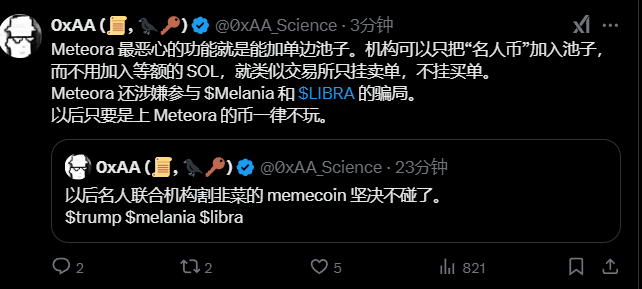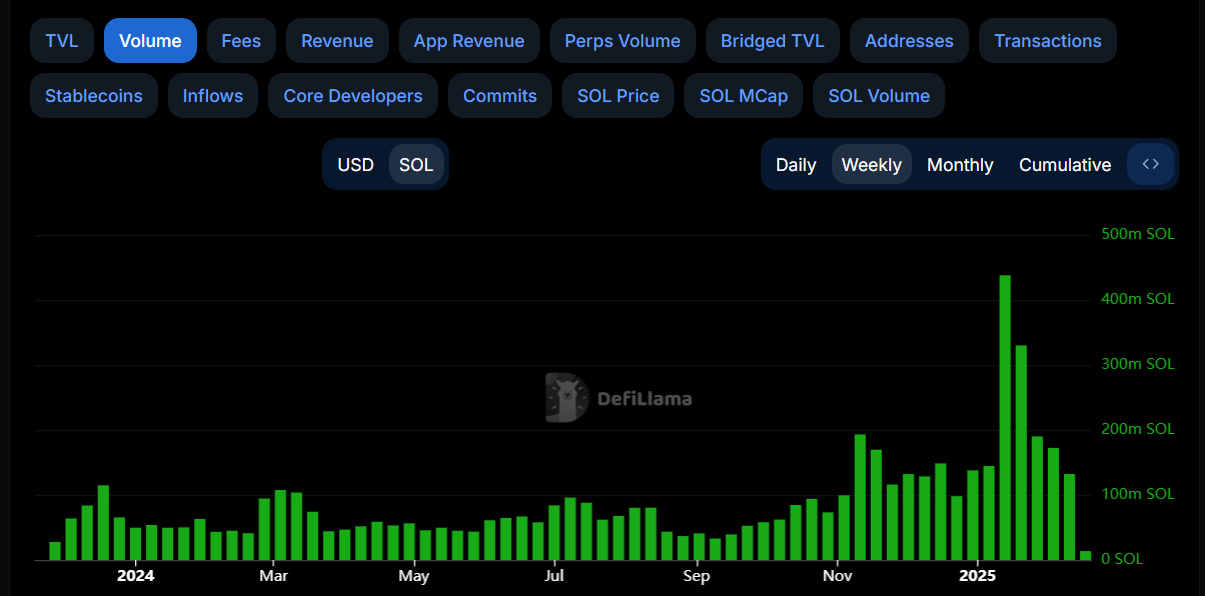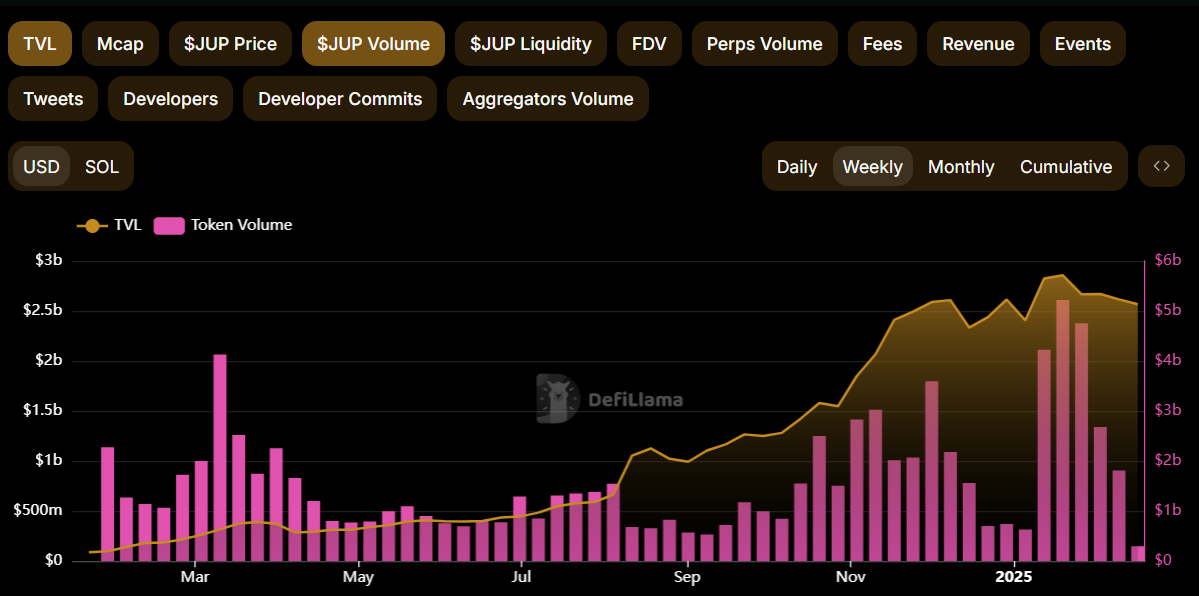Introduction
On January 19, 2025, Solana (SOL) reached a high of $295, seemingly returning to the throne. However, just one month later, this "high-performance public chain flagship" sank to $181 on February 17, a drop of nearly 40%. This crash was not only a loss in market capitalization, but also a collapse of confidence - Solana, once seen as the "low-cost killer" of Ethereum, has now almost lost its advantage in transaction fees, with the average Gas fee on the Ethereum mainnet only $0.28 less, making one wonder if Solana's technical narrative is failing.
Why did Solana encounter such a violent sell-off in the past month? This article will explore the reasons.
FTX Bankruptcy Liquidation: 12.2 Million SOL Unlocked
On March 1, a storm that will determine Solana's future trajectory is about to hit. The 12.2 million SOL from the FTX bankruptcy auction, worth $2.06 billion and accounting for 2.29% of the total circulating supply, is about to be unlocked. This is not just a simple market event, but a Damocles' sword hanging over Solana, ready to fall at any moment.

Reviewing the liquidation process after the 2023 FTX collapse, institutions like Galaxy, Pantera, and Figure acquired large amounts of SOL at low prices, far below the current market price: Galaxy bought 25.52 million SOL at $64 (187% return), Pantera bought 13.67 million SOL at $95 (93% return), and Figure bought 1.8 million SOL at $102. Now, these institutions hold massive unrealized gains, and if they choose to cash out, the market may face an unbearable selling pressure.
Worse still, Solana's current trading volume and on-chain activity are declining, meaning that if the whales choose to sell, the buying power may be directly overwhelmed. Will Solana's liquidity be sufficient to absorb this batch of sell-offs? The answer is not optimistic.
Facing the impending market impact, Solana's burn mechanism (50% of each transaction fee used for burning) was once seen as a tool to combat inflation. However, the sharp decline in on-chain transaction activity has led to a plunge in the burn rate, severely weakening the mechanism's effectiveness.
If Solana's burn mechanism was once a "safety cushion" for market stability, it is now more like a "leaky lifeboat" - unable to provide sufficient buffering against the surging whale sell-off. With the burn rate unable to match the new selling pressure, SOL may face an even deeper price correction.
Rise and Fall: Meme Coins as Both Blessing and Curse
Solana once enjoyed a golden period due to the Meme coin frenzy, with the Meme ecosystem's explosion driving a surge in on-chain transaction volume and DEX activity, pushing the SOL price higher. However, when the market sentiment cooled, the Meme coin craze not only failed to become the foundation for Solana's long-term development, but also pushed it into the abyss of a trust crisis.
The LIBRA incident completely burst Solana's speculative bubble. The behind-the-scenes team, through precise positioning, withdrew from the liquidity pool and profited $107 million from retail investors at the market's peak, leaving many followers with heavy losses. However, the impact of this incident goes far beyond LIBRA itself, Solana's role in the market has also been called into question as a result.
Facing market criticism, Three Arrows Capital co-founder Zhu Su publicly stated that LIBRA should not be blamed on Solana or Jupiter, "just as it is unreasonable to attribute DeFi hacking incidents or NFT issues to Ethereum or Uniswap." In his view, the real mistake of the LIBRA team was withdrawing from the Meteora liquidity pool and engaging in short-term arbitrage, otherwise its trajectory might have been more like Trump's token. In other words, the problem lies in the project's own operations, not in Solana's ecosystem.

However, not everyone agrees with this view. Crypto KOL @Ed_x0101 directly stated on social media that the interest chain within the Solana ecosystem cannot be ignored, "Dump $JUP, most of the Meme coins that fleece the market are related to it, and they may face legal risks in the future." He further pointed out that while the LIBRA insider trading victims received compensation, ordinary retail investors were left with nothing, and the real behind-the-scenes manipulators were likely the core teams of M pool (Meteora) and JUP (Jupiter), with Kelsier as the "front man".
The Meme coin frenzy once gave Solana a trading activity that surpassed Ethereum, but after the LIBRA incident, Solana has faced an unprecedented trust challenge. The collapse of Meme coins has not only led to a loss of market capital, but also seriously questioned the sustainability of the ecosystem - if Solana's prosperity can only be driven by short-term speculation, how can it avoid becoming the next EOS?
Currently, Solana's on-chain liquidity and DEX trading volume are rapidly shrinking, and the market's focus has shifted from "Solana's high-speed performance" to "whether Solana can get rid of the speculative ecosystem". The LIBRA incident is not an isolated black swan, but a concentrated outbreak of long-standing problems within the Solana ecosystem. If market confidence cannot be quickly restored, SOL's plunge may be just the beginning of this crisis.
On-Chain Data Collapse: From "Blooming" to "Desolate"
Meme Coin Bubble Burst, DEX Trading Volume Plummets
The Meme coin frenzy once drove a surge in Solana's on-chain activity and DEX trading volume, with Jupiter dominating the market. However, as the trust crisis triggered by the LIBRA incident spread, Solana's on-chain transaction data has plummeted.


Data shows that Jupiter's trading volume plummeted from a high of $1.9 billion on January 19 to $282 million in mid-February, a drop of over 85% in just one month. The overall on-chain transaction volume of the Solana mainnet also plunged from 163M to 13M, returning to the pre-Meme hype level. This not only means the end of the Meme coin craze, but also a significant decline in market liquidity activity.
Although Trump's token issuance briefly rekindled market attention, and Meme coins experienced a resurgence, Solana's overall ecosystem data continues to deteriorate. The data decline indicates that the market has begun to calm down and re-evaluate Solana's long-term value. If Solana cannot find new growth engines in the future, the temporary hype will not be able to truly change the SOL fundamentals.
Transaction Fee Advantage No Longer, Technical Dividends Become "Backfire"
Solana once took pride in its high throughput and low Gas fees, but now this technical advantage has become a burden after the Meme coin frenzy. The plunge in transaction volume, the sharp drop in on-chain revenue, and the inability of the burn mechanism to offset the inflationary pressure on SOL have disrupted the supply-demand balance, further accelerating the price decline. At the same time, the rise of Ethereum Layer2 ecosystems is eroding Solana's low-cost advantage, and once the market is no longer attracted by Meme coins, will Solana's core competitiveness still stand?
Liquidity Decline, Market Absorption Capacity Decreases
The liquidity brought by the Meme coin frenzy is rapidly drying up. Whale exodus, small capital hesitation, and the continuous decline in market depth have led to a lack of strong buying support for SOL during the decline, further increasing the volatility. The once blooming landscape has now become desolate.
If Solana cannot find new demand growth points quickly, the downward trend of SOL may not be over yet.
Accumulating Concerns: Technical Aspects, Market Sentiment, and Regulatory Clouds
Solana's decline is not just the result of capital outflows, the technical aspects also give out pessimistic signals. Solana's daily chart has formed an obvious downward trend of "lower lows + lower highs", the MACD has formed a death cross, and the RSI has been below 40 for a long time, with extremely pessimistic market sentiment. If SOL breaks through the key support level of $180, it may further slide to $150 or even lower.
On the other hand, on-chain holding data is also releasing dangerous signals. The data shows that since February, Solana's long-term holders have been accelerating their de-staking, and the growth rate of new addresses has slowed down significantly, the market structure has changed from a bull market driven by incremental capital to a game of stock capital. If the market sentiment cannot recover quickly, the technical pressure on SOL will continue.
At the same time, the outbreak of the LIBRA incident may lead to stricter regulatory scrutiny of Solana. As countries tighten regulation of the cryptocurrency market, the chaos of Meme coin manipulation and insider trading may become the focus of policy crackdown, and Solana, as one of the most active public chains for Meme coins in the past year, may not be able to stay out of trouble.
From a technical perspective, SOL is currently supported at around $180, and if it can stabilize, it may see a certain rebound, but the trading volume must be amplified and break through $200 to confirm short-term stabilization. If it breaks below $180, the support strength at $160 needs to be watched, at which point Solana's technical form may further weaken, and it may even test the $150 area.
Under the multiple attacks of technical aspects, market sentiment and regulatory pressure, the downside risk of SOL has not been eliminated. In the short term, the market may still experience fluctuations and adjustments, and the real bottom may not have arrived yet.








